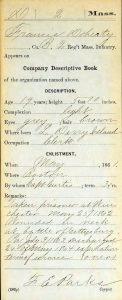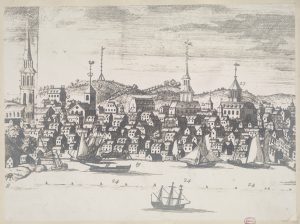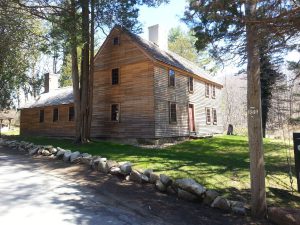 Simply put, Irish research is difficult. Beyond missing and incomplete records, there are many obstacles that can frustrate even the most seasoned genealogist. In my opinion, an obstacle that is often overlooked is the variation of Irish surnames.
Simply put, Irish research is difficult. Beyond missing and incomplete records, there are many obstacles that can frustrate even the most seasoned genealogist. In my opinion, an obstacle that is often overlooked is the variation of Irish surnames.
Recently, I was researching a Crowley family that I theorized had roots in Castletownbere, in County Cork. Despite available parish records, I could not locate this family among the registers. I did locate a very promising Cohane family—however, Crowley and Cohane are very different names, so, I disregarded the connection at first. Continue reading Surname Variants in Ireland








